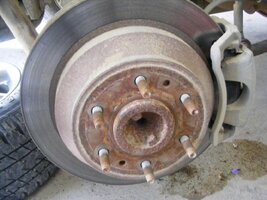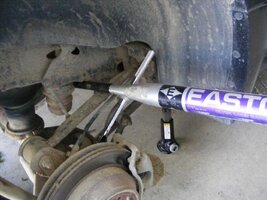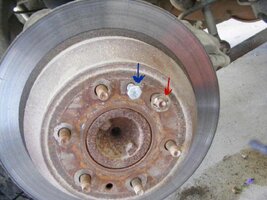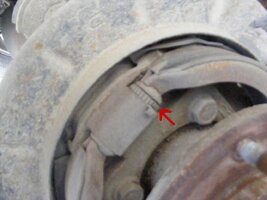- Apr 26, 2012
- 404
Summary:
Vehicle: GM Envoy 2003 XL
Difficulty: Easy (2 out of 5)
Estimated Time: 2 hours for both sides depending on tools
Part Numbers:
Cost: your labor time
This article does not include anything that hasn't been posted here or on the old site, but when I did mine I ran into a few problems and had to do a lot of reading to solve them. I thought I would try to gather everything into one place for an article since this is a common problem, and something anyone can do themselves.
Tools needed: Jack, blocks for wheels, PB blaster or similar, ratchet with 18mm socket, 19mm socket, flat head screwdriver, needle nose pliers
Vehicle: GM Envoy 2003 XL
Difficulty: Easy (2 out of 5)
Estimated Time: 2 hours for both sides depending on tools
Part Numbers:
Cost: your labor time
This article does not include anything that hasn't been posted here or on the old site, but when I did mine I ran into a few problems and had to do a lot of reading to solve them. I thought I would try to gather everything into one place for an article since this is a common problem, and something anyone can do themselves.
Tools needed: Jack, blocks for wheels, PB blaster or similar, ratchet with 18mm socket, 19mm socket, flat head screwdriver, needle nose pliers






